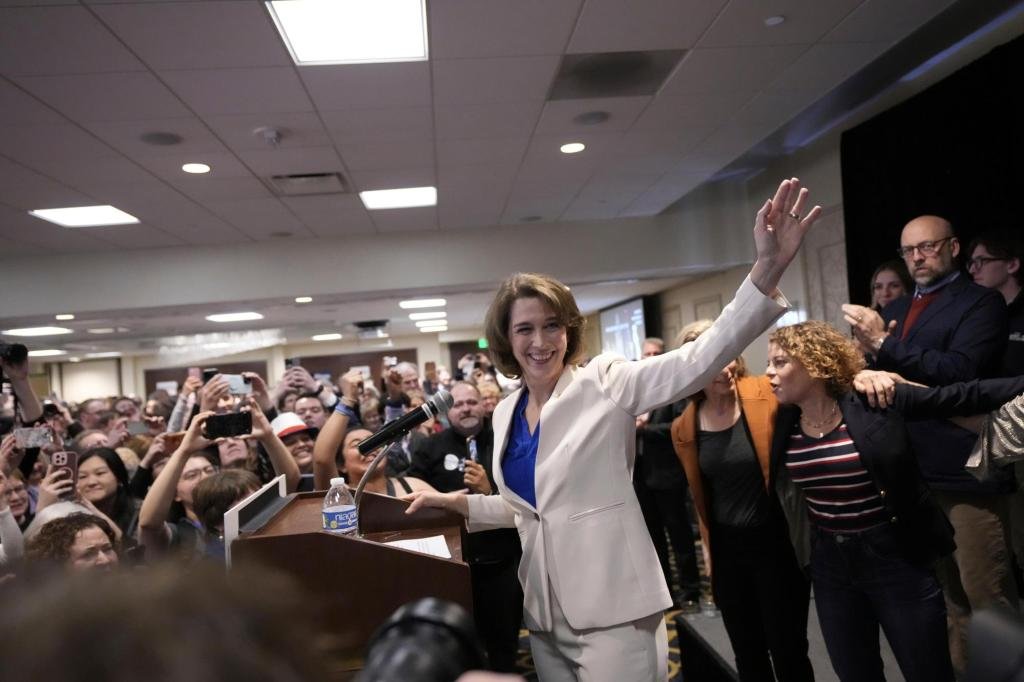Democratic Leaders Find Relief Amid Political Turbulence
In an unexpected turn of events, Democratic leaders are experiencing a moment of reprieve that few anticipated. As political landscapes shift and electoral challenges loom, this relief signifies a departure from the intense scrutiny and pressure that has enveloped the party in recent years. Emerging from the shadow of previous setbacks and internal strife, leaders are now presented with a unique opportunity to recalibrate their strategies and reconnect with their base.
The recent political climate has tested the resilience of Democratic leaders. With ongoing debates around social justice, healthcare, and climate change, the pressure to deliver results has often felt overwhelming. However, recent polling data suggests that public sentiment is beginning to shift positively toward the Democratic Party. This newfound support offers leaders not only a sigh of relief but a chance to deliver impactful messaging that resonates with voters.
Additionally, strategic successes at both local and national levels have played a crucial role in this moment of optimism. With key legislative achievements and policy initiatives beginning to yield tangible benefits for constituents, Democratic leaders are capitalizing on these wins to reinforce their commitment to progressive values. These actions underscore the party’s intent to address the pressing concerns of Americans, thus fostering a deeper connection with their electorate.
Moreover, the backdrop of an opposing party grappling with its own challenges further amplifies this sense of relief among Democrats. As Republican leaders face internal conflicts and public backlash over various issues, Democratic leaders are seizing this moment to position themselves as stable alternatives to a fracturing opposition. By emphasizing unity and purpose, they are working to solidify voter loyalty and inspire confidence in their leadership.
To harness this momentum, Democratic leaders must focus on effective communication strategies. Transparency, accessibility, and engagement will be crucial as they seek to bridge the gap between governmental action and public expectations. Utilizing digital platforms and social media can enhance outreach efforts, enabling leaders to connect authentically with diverse audiences while combating misinformation that may arise during an election cycle.
In conclusion, while the road ahead remains challenging, Democratic leaders are cautiously optimistic about their prospects. This rare moment of relief coupled with strategic opportunities provides a robust foundation for the party as they prepare for upcoming elections. By maintaining their focus on voter engagement and grassroots efforts, they can capitalize on current successes and build a compelling narrative that resonates with the American public, paving the way for future endeavors.





